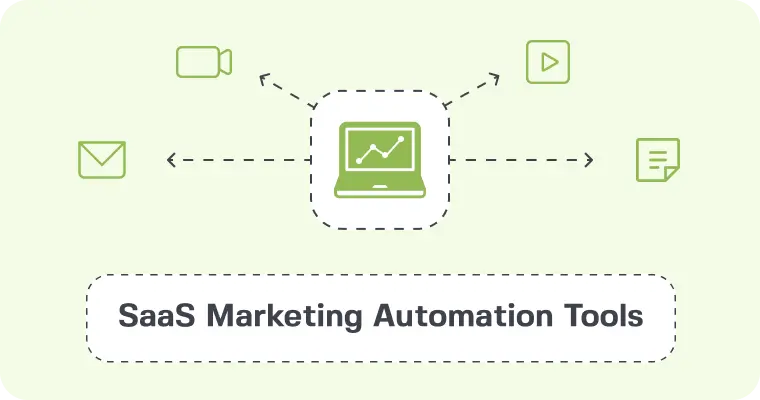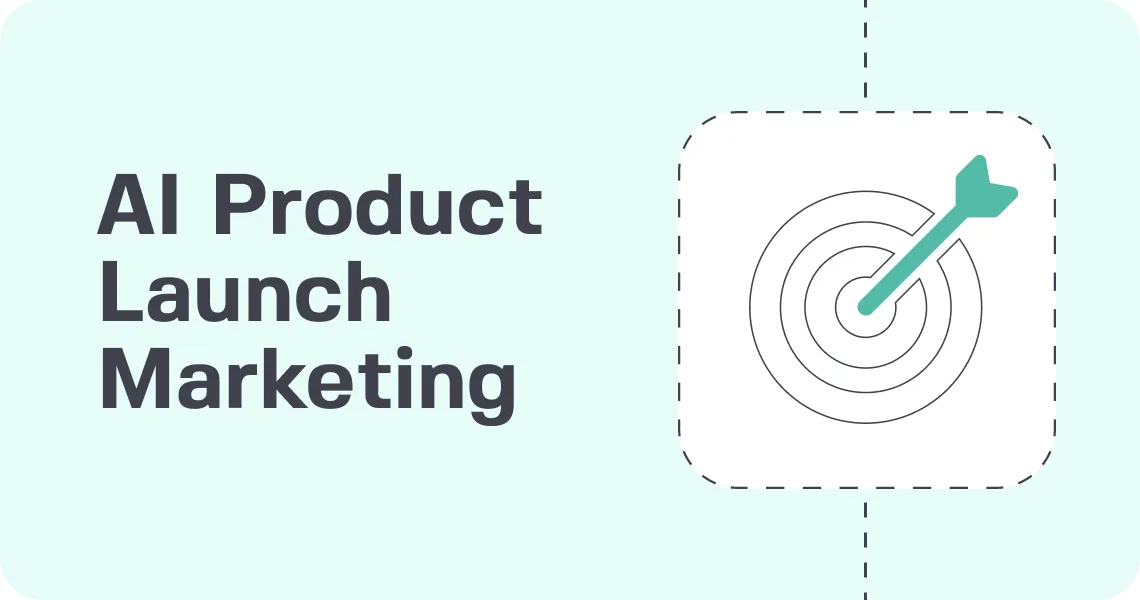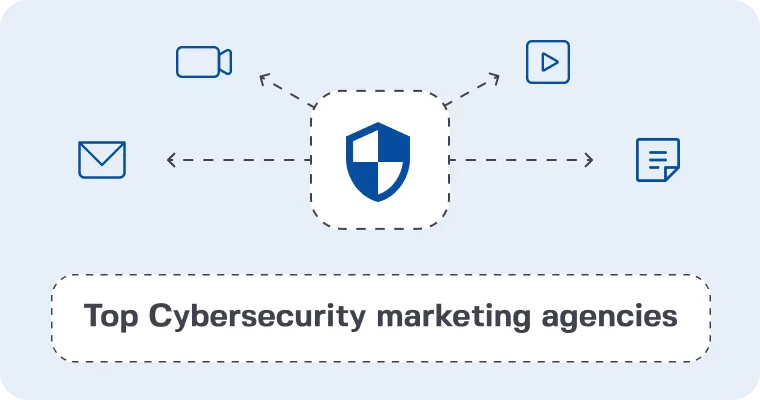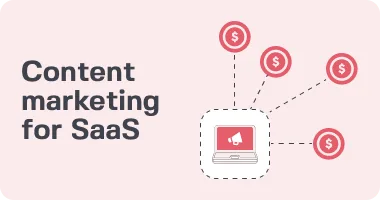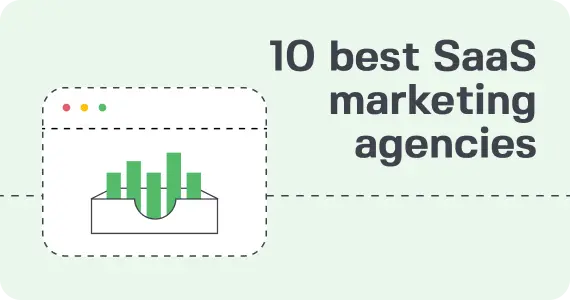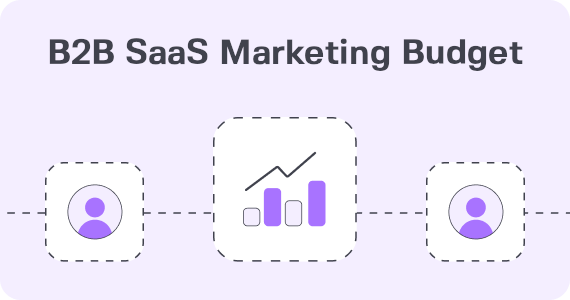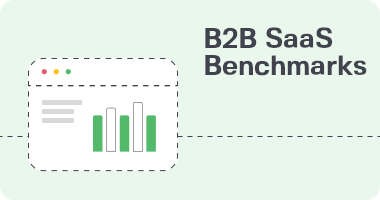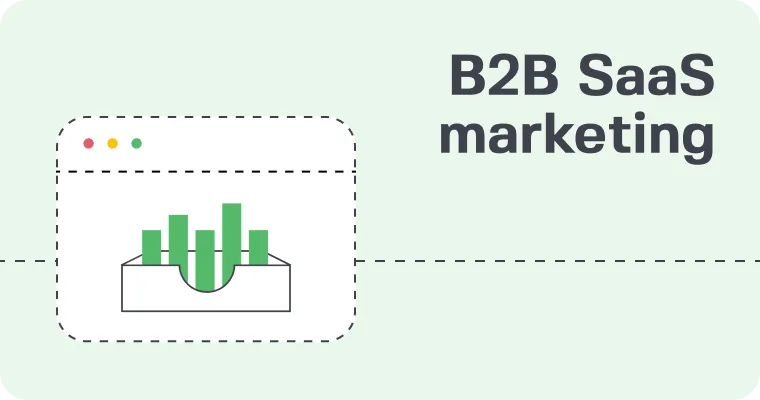Recent data shows that the SaaS market is expected to grow from $315.68 billion in 2025 to $1,131.52 billion by 2032. With more companies entering the space, competition is increasing, and businesses need to track the right metrics to stay ahead.But with so many numbers, reports, and KPIs to consider, it’s easy to get lost in the data. At 42DM, we specialize in helping SaaS companies leverage data-driven insights to optimize their marketing strategies and drive measurable growth. To make things clearer, we’ve outlined the most important SaaS metrics that matter, explaining what they mean, why they’re important, and how to use them effectively.
How does B2C SaaS Marketing and B2B SaaS marketing differ?
SaaS marketing success depends on who you’re selling to—businesses or individual consumers. While both require strong marketing efforts, the way leads are nurtured, conversions happen, and performance is measured differs significantly.
B2B SaaS companies sell to businesses, which makes their audience easier to segment. Buyers typically fall into specific industries or job roles, and their purchasing decisions are budgeted, rational, and often involve multiple decision-makers. Because of this, the sales cycle is longer, requiring lead nurturing and multiple touchpoints before conversion. Marketing teams in B2B SaaS focus heavily on Marketing Qualified Leads (MQLs), customer retention, and SaaS funnel conversion benchmarks to track success. To generate leads, they rely on LinkedIn Ads, SEO-driven content marketing, webinars, and account-based marketing (ABM).
B2C SaaS companies, on the other hand, target individual consumers. The B2C SaaS market is significantly larger than the B2B market, targeting broad consumer groups such as millennials and tech enthusiasts. This audience is broader but harder to define since buying decisions aren’t tied to specific business needs. Purchases are often more impulsive and emotion-driven, with users signing up for free trials before committing to a paid plan. Since the goal is to drive fast conversions rather than nurture long-term relationships, brand awareness plays a much bigger role in B2C SaaS marketing. Key performance indicators (KPIs) include customer acquisition cost (CAC), churn rate, and lifetime value (LTV), with paid advertising, influencer marketing, and viral content being more effective than long nurturing cycles.
The biggest difference between B2C and B2B SaaS marketing is the customer journey. B2B leads require trust and multiple interactions before making a decision, while B2C customers are more likely to make quick, emotion-based choices. The approach, acquisition channels, and key SaaS marketing metrics need to reflect these differences.

Brand Awareness Metrics You Need to Track
Building brand awareness is essential for SaaS businesses looking to stand out in a crowded market. A strong brand not only helps attract new users but also lowers acquisition costs and increases customer retention. The more recognizable and trusted your brand is, the easier it becomes to generate organic growth through referrals and word-of-mouth marketing.
Here are metrics that will help you track brand awareness:

Direct Traffic Volume
Direct traffic refers to visitors who access your website by typing your URL directly into their browser. This metric reflects how well-known your brand is—strong brands naturally see higher direct traffic because people remember their website without needing to search for it.
If your direct traffic is low or declining, it could signal weak brand recognition or ineffective marketing efforts. To increase direct traffic, focus on brand-building campaigns that connect with your audience’s pain points and interests.
Branded Search Traffic Volume
Branded search traffic tracks how many visitors reach your website by searching for your brand name on Google or another search engine. Unlike direct traffic, this metric captures users who may not remember your exact URL but know your brand exists.
A steady increase in branded search traffic is a strong sign of growing brand awareness. SEO and paid search campaigns for branded keywords can help maximize this traffic and ensure that potential customers find your site easily.
New Visitors
As the name suggests, new visitors refers to first-time users landing on your website. For SaaS companies, attracting fresh audiences is critical, as growth depends on consistently bringing in new potential customers.
A decline in new visitors may indicate issues with your targeting, advertising, or brand reach. Expanding your audience segments, testing different messaging, and investing in creative brand campaigns can help.
Mentions
Brand awareness isn’t just shaped by your own channels, such as your website, blog, or social media. It also comes from earned media, when others mention your brand in articles, industry reports, or social discussions.
Tracking brand mentions isn’t just about volume. Where and how your brand is mentioned matters just as much. Mentions from respected industry sources or influential voices carry more weight and can significantly boost credibility.
Actively engaging in industry conversations, contributing to publications, and creating newsworthy content can help increase mentions and strengthen your brand’s presence, especially in specialized SaaS markets.
Content Marketing Metrics to Track
Content marketing is one of the most effective ways to attract and retain SaaS customers. But to know whether it’s working, you need to track the right metrics. Understanding how content impacts organic traffic, engagement, and conversions helps refine your strategy and maximize results.

Organic Search Traffic
A strong content strategy should answer the questions your audience is actively searching for. Tracking organic search traffic helps measure the success of your SEO efforts. Since this type of traffic doesn’t rely on paid ads, increasing it can significantly lower acquisition costs while driving high-intent visitors to your site.
To get a clearer picture, break down this metric into branded and non-branded search queries. Branded searches indicate existing brand awareness, while non-branded searches help measure SEO visibility for industry-related terms. Tools like Semrush or Google Search Console can help refine your approach by identifying high-performing keywords and content gaps.
Engagement Across Channels
Engagement is a direct signal of content quality and relevance. However, the same content may perform differently across channels, depending on the audience and where they are in the SaaS funnel.
To get meaningful insights, track engagement separately for each stage of the funnel. Content aimed at brand awareness, for example, should drive social shares and discussions, while mid-funnel content should generate comments, time-on-page, or downloads. Measuring engagement this way ensures that content is aligned with its intended purpose.
Session Duration & Scroll Depth
These metrics help assess how users interact with your content. Session duration measures how long visitors stay on a page, while scroll depth shows how much of the content they actually read. Evaluating them together gives a clearer picture of engagement.
If users spend little time on a page and don’t scroll far, it may indicate that the content isn’t holding their interest. On the other hand, longer sessions and deeper scroll depth suggest that the content is relevant and aligned with audience needs. Tracking these metrics over time helps identify what types of content resonate most and where further improvements are needed.
SEO Metrics for SaaS
Paid search can be expensive for SaaS companies, making organic SEO a more sustainable strategy for long-term growth. Tracking SEO performance helps measure how well your website attracts, engages, and converts visitors. It’s also important to monitor organic traffic from existing customers to understand how SEO contributes to retention and expansion.
Traffic Quality
SEO isn’t just about increasing traffic. The real goal is attracting visitors who are actually interested in your product and likely to convert. Measuring organic traffic alongside conversion rates helps determine whether your SEO strategy is bringing in high-quality visitors.
It’s possible to see lower traffic but higher conversion rates, which often means you’re reaching more relevant users. Branded organic traffic tends to convert better since these visitors are already familiar with your company. Meanwhile, non-branded traffic captures potential new customers searching for industry-related terms.
To optimize for growth, aim to increase conversions from non-branded traffic while maintaining strong performance for branded queries.
Keyword Rankings
Where your website ranks for target keywords is one of the clearest indicators of your SEO performance. Ranking improvements indicate that your content strategy is working, while drops may signal the need for adjustments. Regularly tracking rankings for both branded and non-branded keywords helps ensure your site remains competitive.
Impressions
Impressions measure how often your website appears in search results, even if users don’t click. This is an early indicator of SEO effectiveness—higher impressions mean Google recognizes your content as relevant.
A consistent increase in impressions suggests stronger search visibility, while a plateau or decline may indicate a need to update content, optimize metadata, or refine keyword strategies.
User Behavior Metrics to Track
Bringing in traffic is just one part of the equation. Understanding how users interact with your site is just as important. These metrics help evaluate the effectiveness of your acquisition efforts.
Unique Visitors
Unlike session numbers, which count multiple visits from the same person, unique visitors measure how many individual users land on your site. This gives a clearer picture of how well your marketing channels attract new potential customers.
A rise in traffic without a corresponding increase in unique visitors could indicate that the same audience is returning rather than new users discovering your brand.
Click-Through Rate (CTR)
CTR measures how many people click on your content or ads after seeing them. In CPM-based ad models (where you pay per impression), a higher CTR signals that your messaging, design, and targeting are effective.
Optimizing CTR through A/B testing, ad copy improvements, and audience refinement can significantly lower acquisition costs while driving better results.

Conversion Rate
Attracting traffic is only valuable if visitors take action. Conversion rate measures how effectively your website turns visitors into leads or customers.
A structured Conversion Rate Optimization (CRO) strategy—including A/B testing, page design improvements, and better CTAs—can significantly boost conversions. It’s important to separate conversions by goal (e.g., sign-ups, demo requests) to identify which areas need improvement.

Cost per Lead (CPL)
CPL tracks how much you spend to acquire a new lead. A low CPL with high-quality leads indicates an efficient campaign, while a high CPL may suggest poor targeting or underperforming channels.
Reducing CPL often comes down to refining targeting, improving ad creatives, and optimizing landing pages to ensure visitors are more likely to convert.
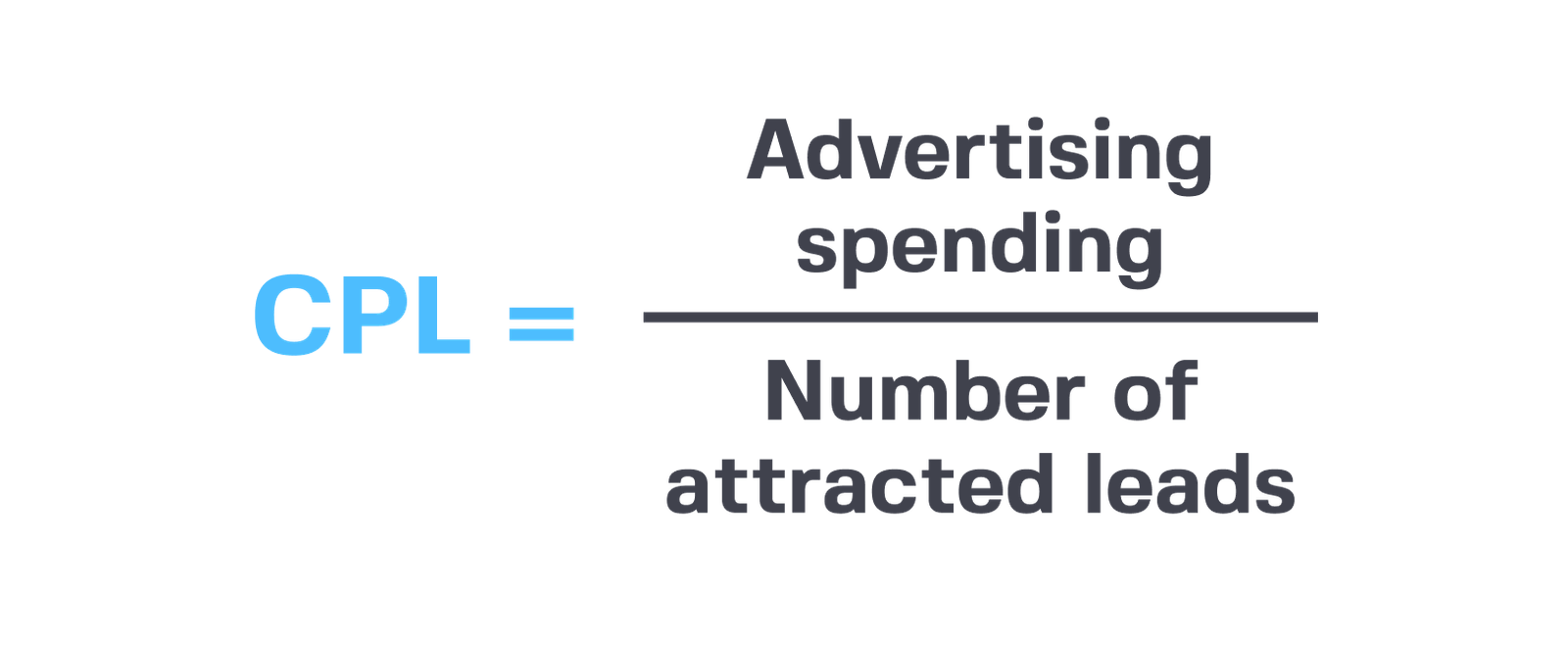
Сustomer Behavior Metrics
Understanding your customers’ behavior is essential to refining your SaaS acquisition and retention strategies. Customer behavior metrics provide insights into how well you’re attracting, retaining, and growing your customer base. These metrics not only help measure the efficiency of your sales and marketing efforts but also guide decisions on pricing, product offerings, and overall business growth.
Customer Acquisition Cost (CAC)
Customer Acquisition Cost (CAC) measures the cost of acquiring a new customer. It’s crucial to keep this metric at the forefront of your analytics, as it directly impacts your target audience strategy. For example, customers with a high propensity to pay may cost more to recruit and retain, pushing you to explore different market segments. On the other hand, freemium users might be inexpensive to acquire but fail to generate significant revenue, potentially damaging your overall strategy.
CAC varies significantly by industry and customer size. A 2024 report found that in the Fintech sector, CAC ranges from $1,461 for small businesses to $14,774 for enterprise clients.
Knowing your CAC is essential for understanding your margins, revenue, and profitability as you scale. Without this information, inefficiencies can quickly accumulate, jeopardizing your business’s financial health.
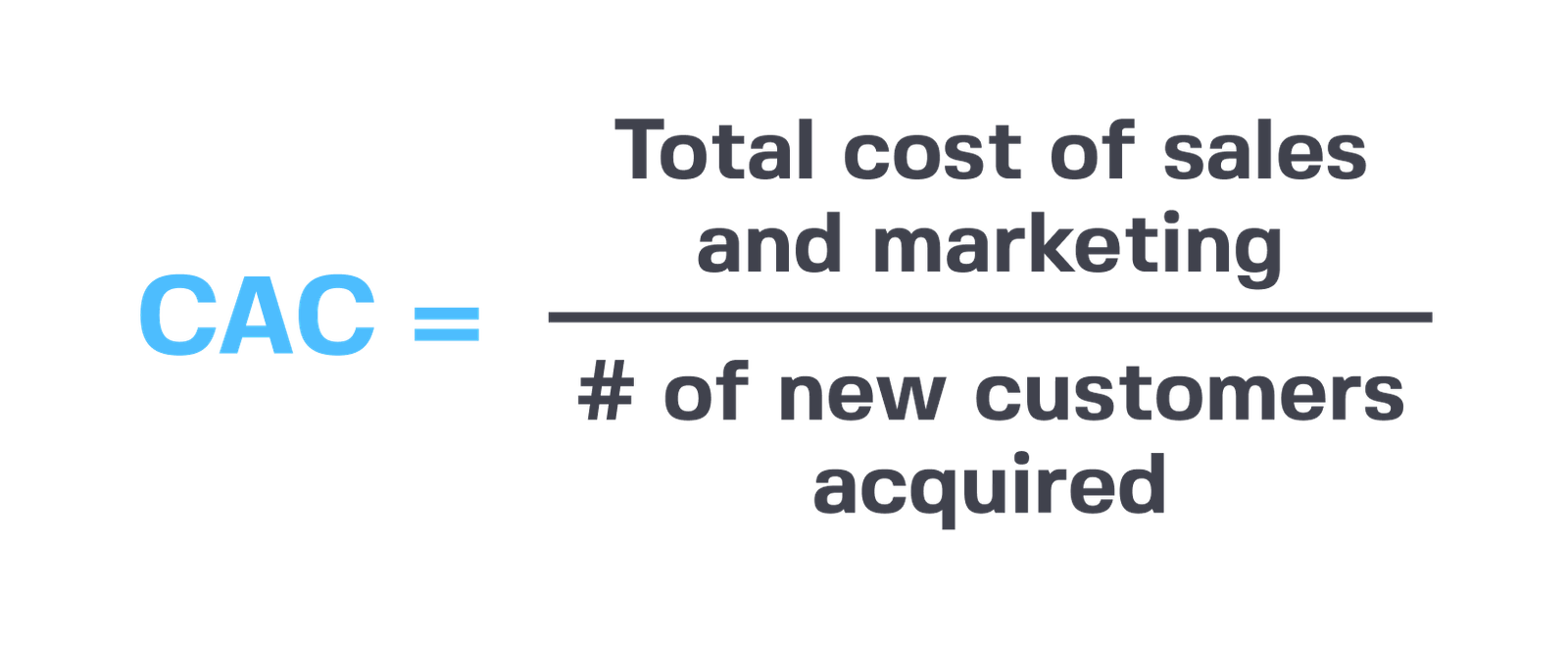
Customer Lifetime Value (CLTV)
Customer Lifetime Value (CLTV) represents the total revenue a customer is expected to generate over their relationship with your company. As your SaaS business grows, it’s essential to determine how long it will take to recover your Customer Acquisition Cost (CAC). This payback period can be longer than anticipated, which makes long-term profitability planning a crucial element of sustainable growth.
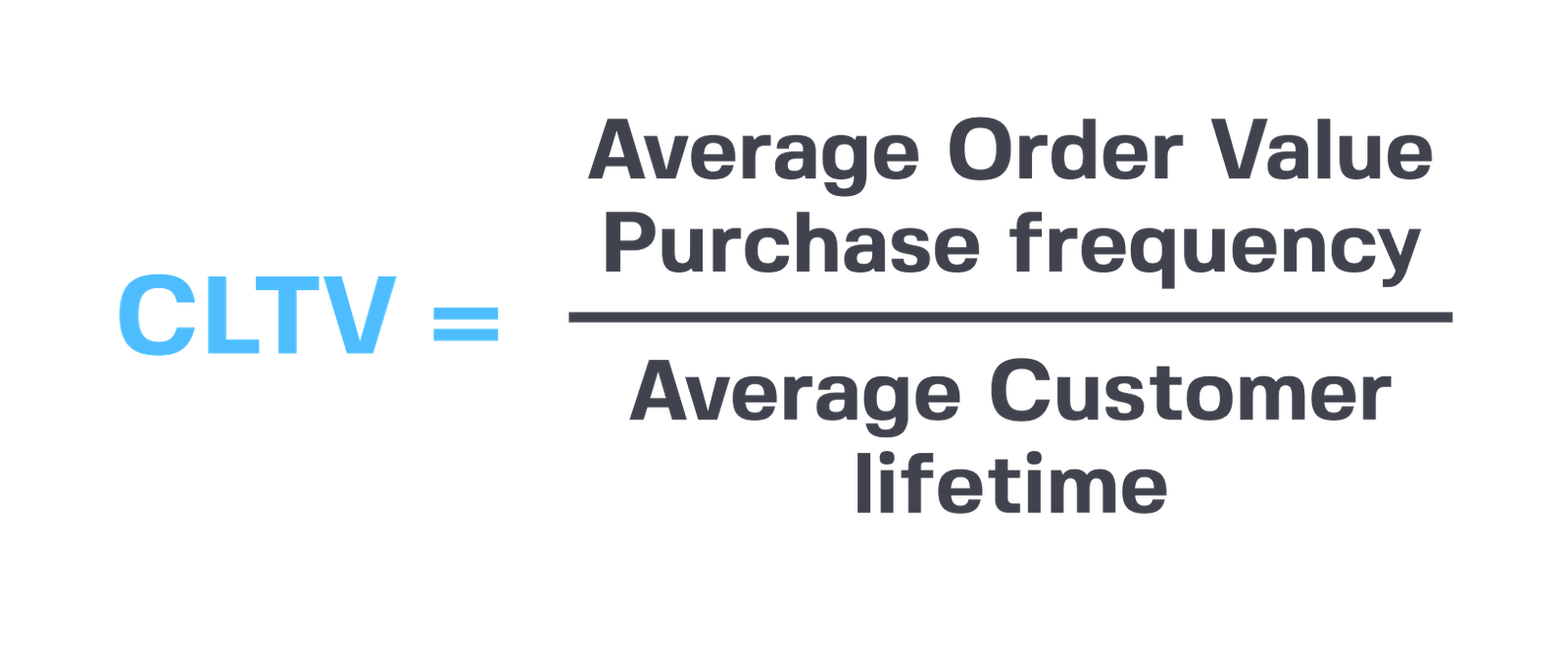
Churn Rate
Losing customers is an inevitable part of business, but it’s essential to track churn rates to minimize the impact on revenue. Churn rate measures how well you’re retaining customers, which is crucial for maintaining steady revenue.
There are two components to churn rate:
- Customer churn rate: this shows how many customers you’ve lost over a given period, reflecting your ability to retain users.
- Revenue churn rate: this evaluates how much revenue you’ve lost due to customer cancellations, helping you understand the overall impact on your business.
Monitoring both metrics helps you understand your customer retention success and identify areas for improvement.
Customer Lifetime Value to Customer Acquisition Cost (LTV:CAC)
The LTV:CAC ratio compares a customer’s lifetime value to the cost of acquiring them, giving you insights into your business’s profitability and marketing efficiency. A higher LTV:CAC ratio indicates better profitability.
For scaling SaaS businesses, the ideal LTV:CAC ratio should be between 3 and 5. A ratio below 1 suggests that your business is losing money on each customer. However, a higher ratio—over 5—allows you to invest more in marketing and sales for further growth.
The LTV:CAC ratio can also be optimized through a well-structured sales funnel and multichannel marketing. By carefully analyzing the stages from visitor to lead, and from lead to opportunity, you can reduce CAC and increase LTV by improving your targeting, messaging, and channel mix. For instance, using organic channels can lower the cost of acquisition, while platforms like LinkedIn tend to work better than Facebook for B2B SaaS companies.
These strategies are part of the growth marketing approach we use at 42DM to help our clients scale efficiently.
SaaS Growth Metrics
Tracking SaaS performance metrics is crucial for SaaS companies looking to scale effectively. These metrics not only help you measure how well your business is doing right now but also provide insights into future growth potential. By focusing on key indicators like Monthly Recurring Revenue (MRR), Annual Recurring Revenue (ARR), and Average Revenue per Account (ARPA), you can better understand how your customer base is performing and where there’s room to increase revenue. Additionally, focusing on B2B SaaS benchmarks can give you valuable insights into how efficiently your marketing and sales teams are turning leads into customers. This data empowers you to make smarter decisions and adjust your strategy to support both short-term and long-term growth.
Monthly Recurring Revenue (MRR)
Monthly Recurring Revenue (MRR) is one of the most important metrics for SaaS businesses, providing a clear snapshot of predictable revenue generated each month. This metric is essential for understanding the overall health and growth trajectory of your business.
To calculate MRR, simply multiply the number of customers by the average revenue per user (ARPU). For example, if your SaaS company has 1,000 customers and an ARPU of $199, your MRR would be $199,000.
Tracking MRR gives you insight into whether your SaaS business is growing sustainably and whether your marketing efforts are paying off. It also allows you to make informed financial forecasts and identify trends that can guide strategic decisions.
Average Revenue per Account (ARPA)
Average Revenue per Account (ARPA) measures the average revenue generated from each customer account. This metric is crucial for understanding the revenue potential of your customer base and identifying upsell or cross-sell opportunities.
To calculate ARPA, simply divide your total revenue by the number of customers. For example, if your SaaS company has a total revenue of $1 million and 1,000 customers, your ARPA would be $1,000.
Monitoring ARPA helps you understand customer value and tailor your strategy to maximize revenue from your existing accounts. If ARPA is increasing, it can indicate that you’re effectively increasing customer engagement or successfully upselling higher-value plans.
SaaS Marketing Metrics
Tracking the right marketing metrics is crucial for understanding whether your campaigns are reaching the right audience and fueling growth. Two of the most important metrics to track are Marketing Qualified Leads (MQLs) and Sales Qualified Leads (SQLs). These help you gauge the effectiveness of your campaigns, evaluate lead quality, and optimize your sales funnel for better conversions.
Marketing Qualified Leads (MQLs)
MQLs are leads who have shown a strong level of engagement with your marketing efforts. These leads typically meet specific criteria—such as job title, company size, or behavior on your website—that indicate they are more likely to convert into paying customers.
For marketing teams, tracking MQLs is essential to measure campaign effectiveness and identify areas for improvement. By focusing on MQLs, you ensure that your marketing strategies are attracting high-quality leads, ultimately driving greater revenue growth.
Sales Qualified Leads (SQLs)
SQLs are leads that have been evaluated by the sales team and are considered ready to make a purchase. They’ve demonstrated a genuine interest in your product and have the budget and authority to make a buying decision.
Tracking SQLs helps SaaS businesses assess the performance of their sales team and understand the quality of leads generated by marketing campaigns. A high number of SQLs indicates a healthy sales pipeline and the potential for significant revenue growth.
SaaS Customer Success Metrics
Customer success metrics are essential for understanding how well your SaaS business is retaining and expanding its customer base. These metrics provide valuable insights into customer behavior, satisfaction, and loyalty, helping you identify areas for improvement. By focusing on customer success, SaaS companies can reduce churn, increase lifetime value, and set the stage for sustainable growth over the long term.
Net Promoter Score (NPS)
Net Promoter Score (NPS) is one of the most commonly-used metrics for assessing customer satisfaction and loyalty. NPS measures how likely customers are to recommend your product by asking them to rate it on a scale of 0 to 10. Based on their scores, customers are grouped into Promoters (9-10), Passives (7-8), and Detractors (0-6).
To calculate your NPS, subtract the percentage of Detractors from the percentage of Promoters. A high NPS score is a strong indicator of customer loyalty and satisfaction, which is crucial for SaaS businesses looking to build a loyal customer base and drive word-of-mouth referrals.
Daily Active Users (DAU) and Monthly Active Users (MAU)
DAU and MAU are metrics that measure how engaged your users are with your product. DAU tracks the number of distinct users who engage with your product daily, while MAU measures the total number of users who have interacted with your product in the last 30 days.Both of these metrics provide valuable insight into how consistently users interact with your product. High DAU and MAU suggest strong user engagement, which is crucial for long-term success. By analyzing these metrics, you can identify any areas where user engagement may be lacking and make the necessary adjustments to improve customer retention.
How to Understand Your Company’s Marketing Needs: A Data-Driven Approach
Understanding which metrics to focus on is only part of the equation. The real power comes from analyzing these metrics to gain in-depth insights that inform your marketing strategy. For SaaS businesses, a data-driven approach is essential for optimizing marketing activities and driving scalable growth. Key metrics like Monthly Recurring Revenue (MRR), Customer Acquisition Cost (CAC), and customer engagement scores are critical in shaping the decisions that will accelerate growth.
Conclusion
Achieving sustainable, long-term growth requires expertise that may be hard to develop in-house. If you’re looking to take your marketing to the next level, outsourcing to a professional SaaS marketing agency can provide the specialized skills and knowledge needed to unlock your SaaS business’s full potential.
At 42DM, we specialize in providing actionable insights and strategies tailored to your business, ensuring that your marketing efforts drive measurable results. Let us help you track performance and refine your strategy as you scale.


